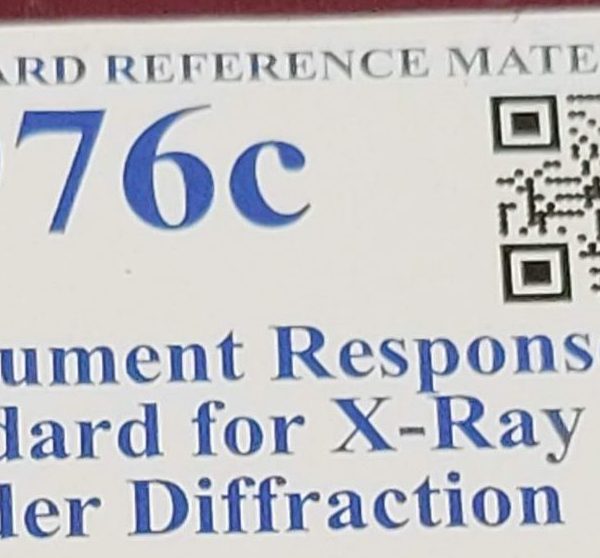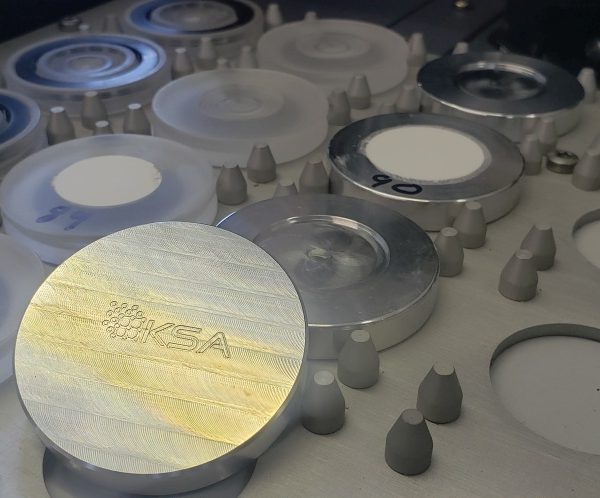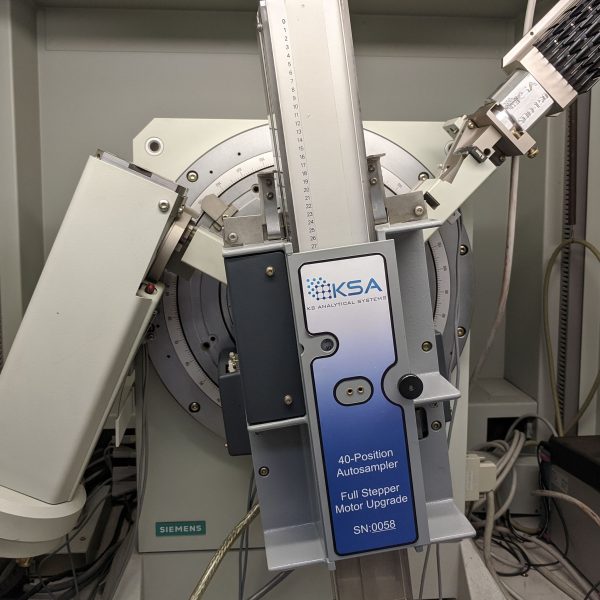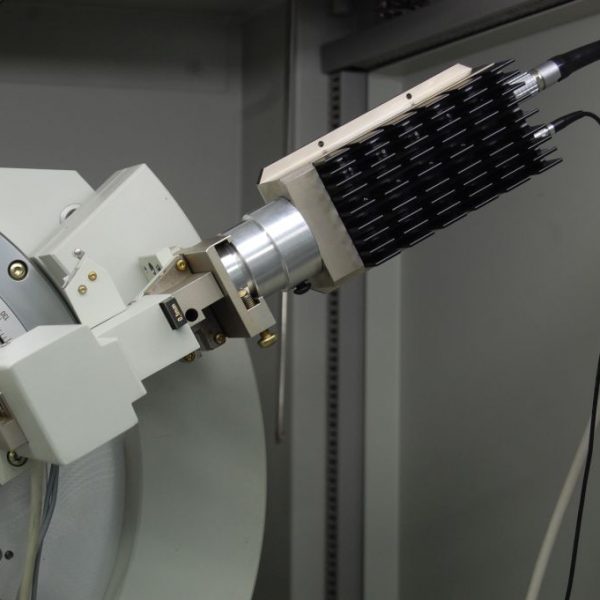Bruker D4 Endeavor on its way out

The D4 Endeavor fits in a unique niche in the XRD world. It’s basically the same thing as a Bruker D8, but built into a very compact cabinet with a large autosampler on top. These machines see heavy use in the cement, pharmaceuticals, and aluminum industries among others. Today we have one headed out to […]
NIST 1976c custom mount

It’s easy to forget how much of our scientific work hinges upon comparative data. The entire field of metrology is concerned with the verification and maintenance of “standard reference materials” (SRMs). Creating a perfect reference standard essentially involves proving a negative. In the XRD world, we need to prove that there are no impurities, no […]
PMMA vs Aluminum sample holders

Plastic sample holders have been the default option XRD for decades. They’re inexpensive to make, good enough for most purposes, and very resistant to a wide range of chemicals. Seems like a “win” all around right? As long as they’re made correctly and from the proper materials, these work just fine. Spoiler alert: 3D printed […]
What’s really coming out of my XRD tube?

We’ve been experimenting with better ways to quantify the quality of XRD tubes in the shop. We use these tests on new and used tubes to monitor performance in two key areas. 1) Intensity 2) Spectral purity. What we’ve settled on is a test that involves a wavelength-dispersive approach which gives us a lot of […]
Fully digital autosampler install

Another fully-rebuilt, digital autosampler out in the wild. This one is on a system that already has one of our Si-Drift Detectors and an awesome ICDD Jade Pro/PDF-4+ software package. We’ve got all the fancy new hardware at our in-house lab, but when we need the absolute best data, this is our goto configuration.
KS Analytical Systems now offers new Bruker XRD and XRF hardware
Energy-dispersive detector systems for XRD applications

Energy resolution 140eV under ideal conditions. All KB peaks eliminated electronically. W LA1 (8.40 KeV) lines eliminated from Cu KA1,2 (8.04 KeV) scans even with thoroughly contaminated tubes. Common fluorescence energies (i.e. Fe when Cu tube anodes are used) are greatly reduced. (Brehmstralung effects are impossible to remove completely) Most PSD detectors offer no better […]

